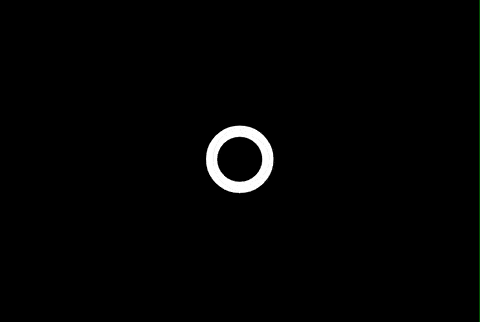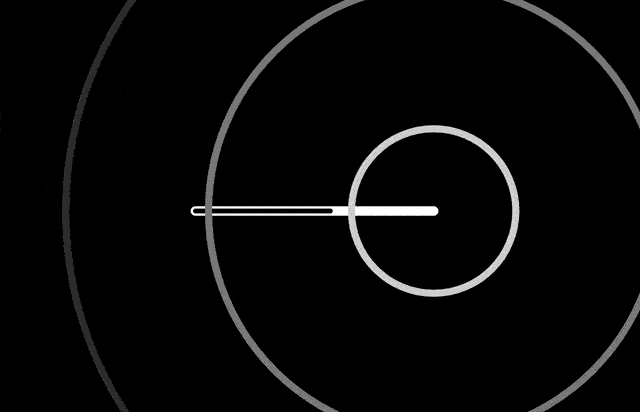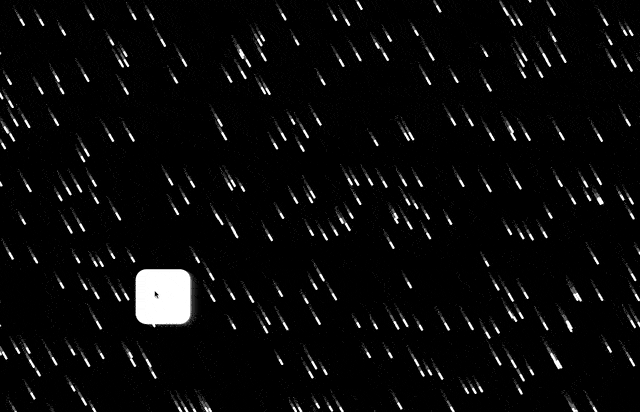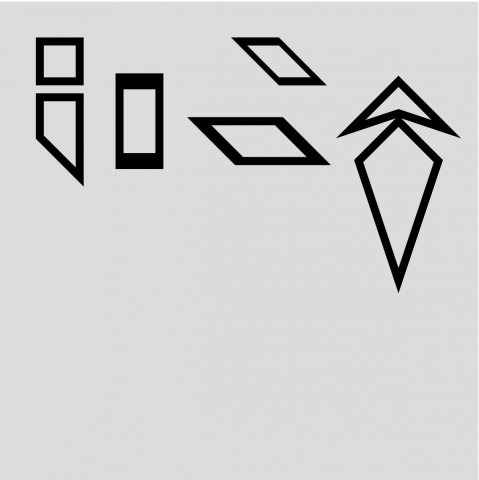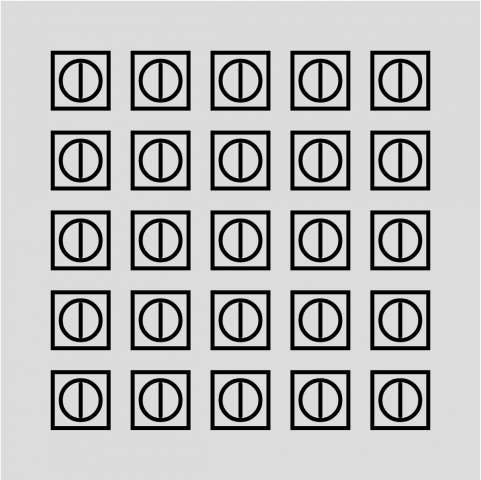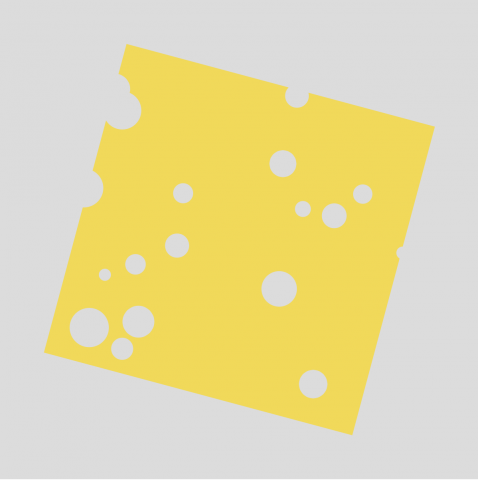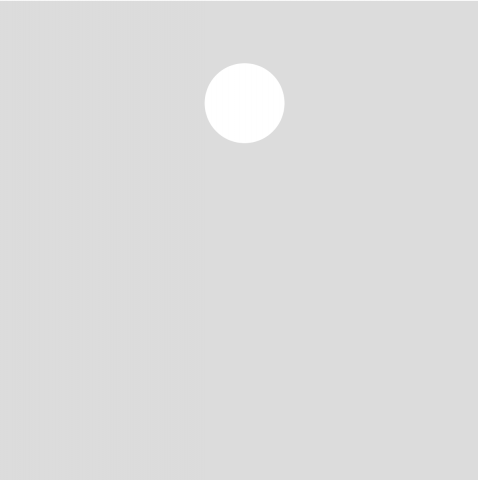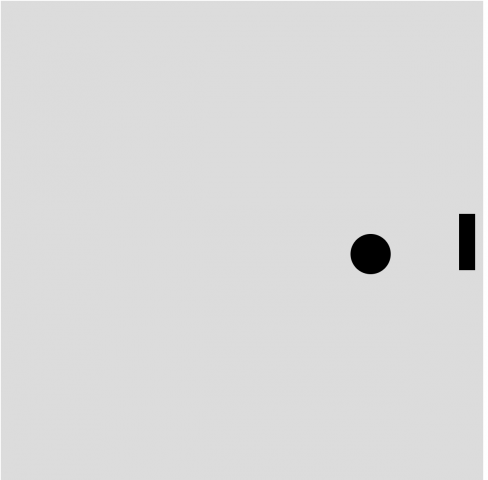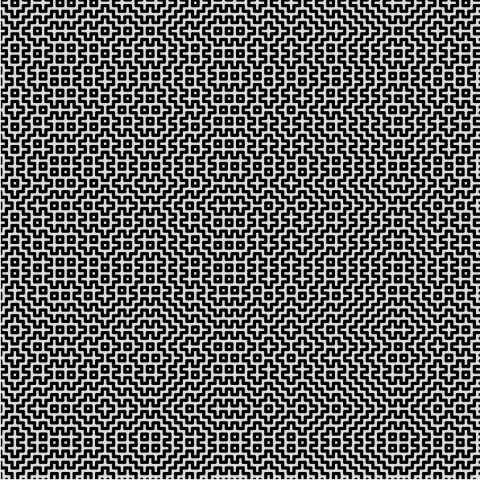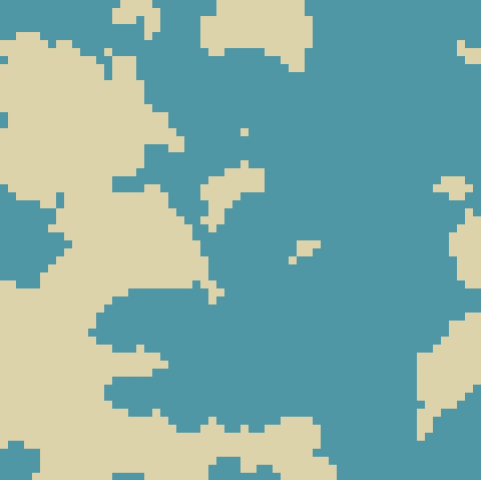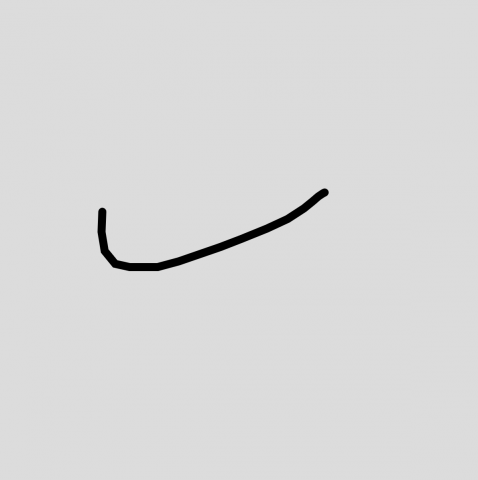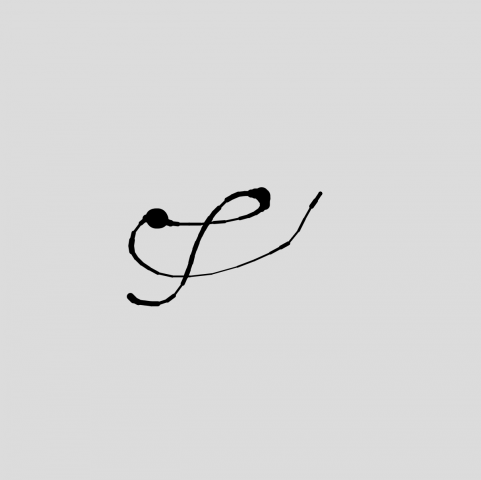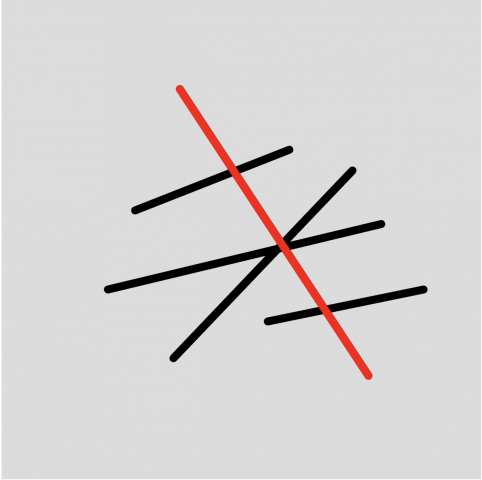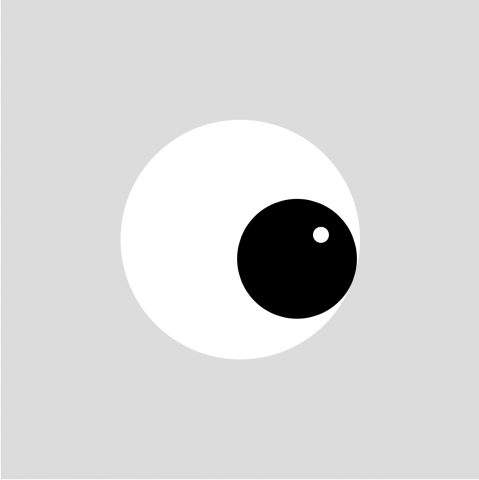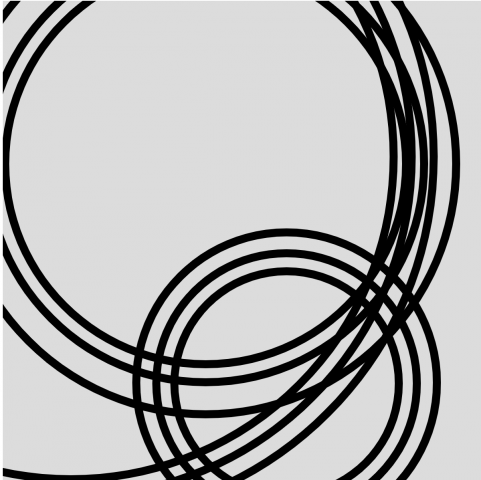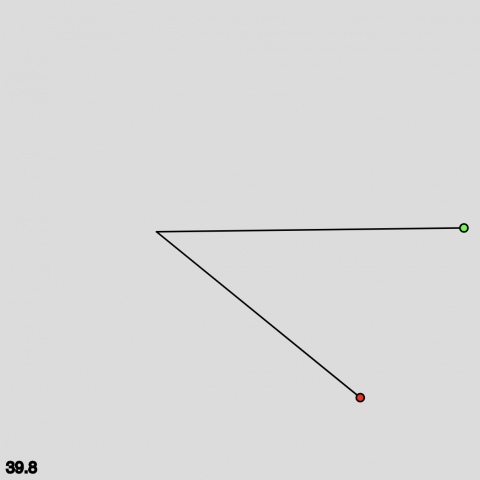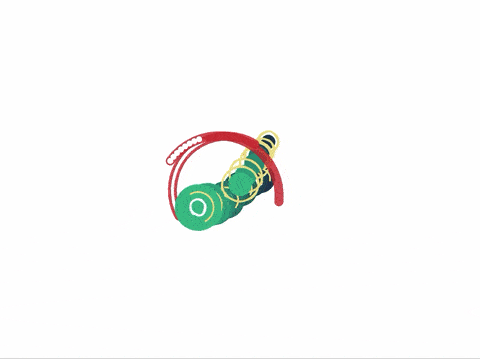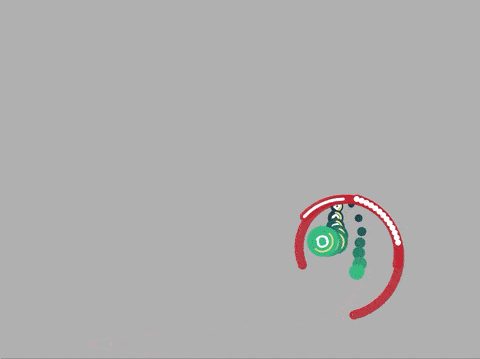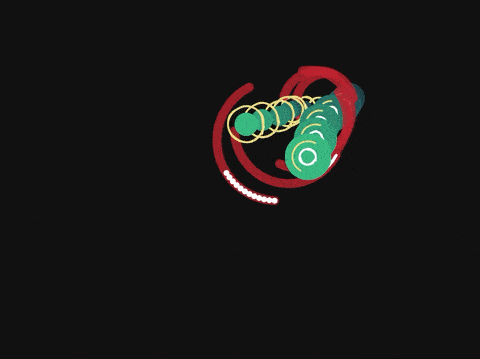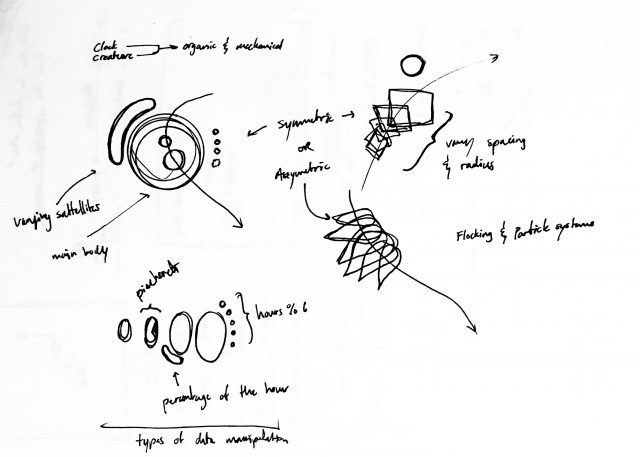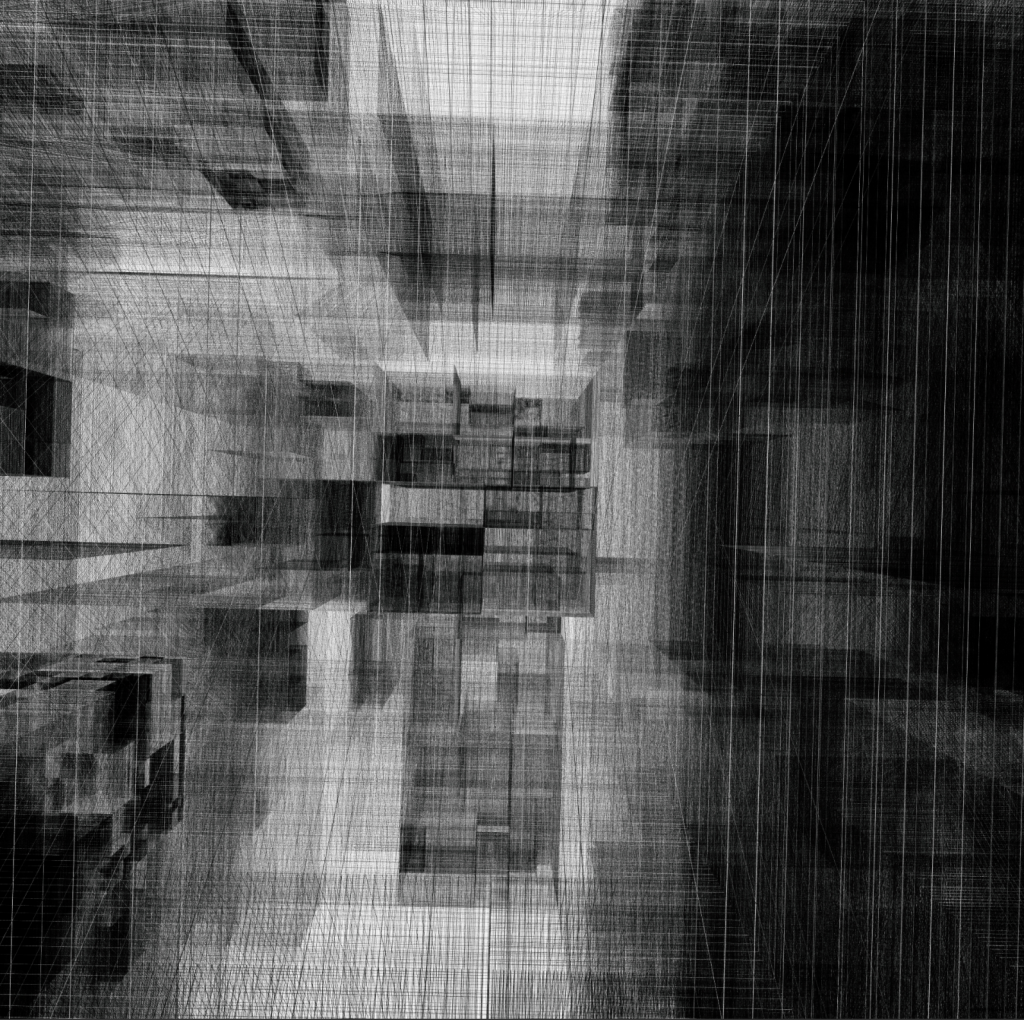Micheal Naimark’s “First Word Art / Last Word Art” details the differences between groundbreaking, novel work and practiced excellence in existing forms. I think technical novelty does not necessarily fit within these two categories, rather it encompasses them.
Consider the vastness of the internet and new media arts. The internet is a unique instance of both being an art media and an art platform. The technology allows for both the distribution of more traditional work as well as creating a vast space for new types of work such as generative art, interactive art, live performance art (over large distances), etc.
Technology is deeply intertwined with culture. Therefore, technical innovations create an incredible opportunity to shape culture on the part of the artists, engineers, designers who explore the first word art of the new innovation. Generally speaking, the average user of new technologies does not want to figure out what “could be,” rather be handed something that has already been figured out for them. This is more commonly referred to as overchoice.
While the technology itself may not be subject to the “first world / last word” dichotomy, the way in which we use it is. Consider the mobile game industry; first you get games like Angry Birds, Cut the Rope, Doodle Jump, which set the tone for the next decade. Now the market is flooded with games that are way too similar, to the point where each cannot really stand out.

